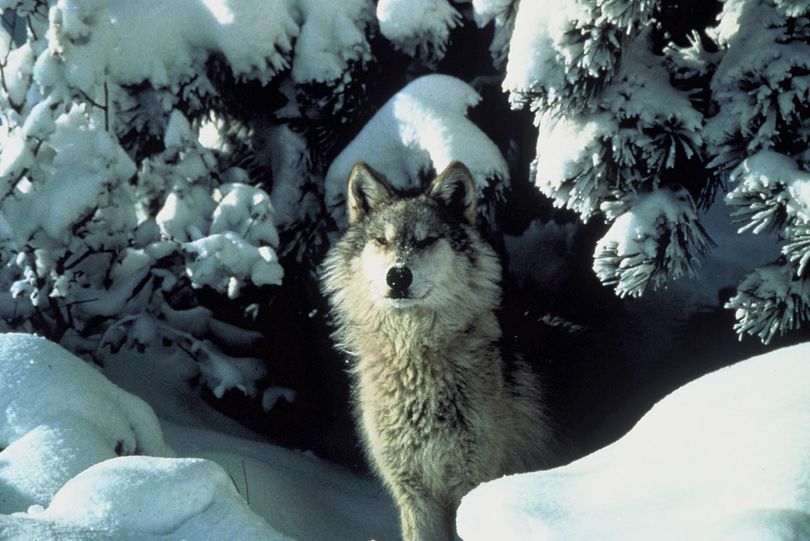Wolves increase across Northern Rockies despite controls, report says

PREDATORS -- Today the U.S. Fish and Wildlife Service released its 2011 annual report on gray wolf populations in the Northern Rockies.
Going into 2011, wolves had increased by more than 120 across Wyoming, Montana, Idaho and portions of Eastern Washington and Oregon and a small portion of northcentral Utah.
The wolves increased despite extended seasons for hunting in Montana, plus hunting and trapping in Idaho.
The increase is despite 166 wolves killed by officials in relation to livestock predation.
Here are some of the numbers from the 2011 report, compiled by cooperating federal, state and tribal agencies:
- The NRM population increased to 1,774 wolves and 109 breeding pairs, up from 1,651 wolves in 244 packs, and 111 breeding pairs reported after 2010.
- Private and state agencies paid $309,553 in compensation for wolf-damage to livestock.
- Confirmed cattle depredations were essentially the same in 2011 with 193 cattle losses compared to 199 cattle killed by wolves in 2010.
- Confirmed sheep depredations declined from 245 sheep killed in 2010 to 162 sheep killed by wolves.
- 166 “problem” wolves were lethally removed by agency control, which includes legal take in defense of property by private citizens.
- Montana's toll included 64 wolves killed by agency control, 121 wolves killed by hunters.
- Idaho's toll: 63 wolves killed by agency control, 200 wolves by hunters.
- Wyoming's toll: 36 wolves killed by agency control.
- Oregon's toll:, 2 wolves by agency control.
- No wolves were removed in Washington or Utah.
"The Northern Rocky Mountain wolf population is biologically recovered, having exceeded recovery goals for 101 consecutive years. In addition, the population fully occupies nearly all suitable habitat," federal officials said in the report.
